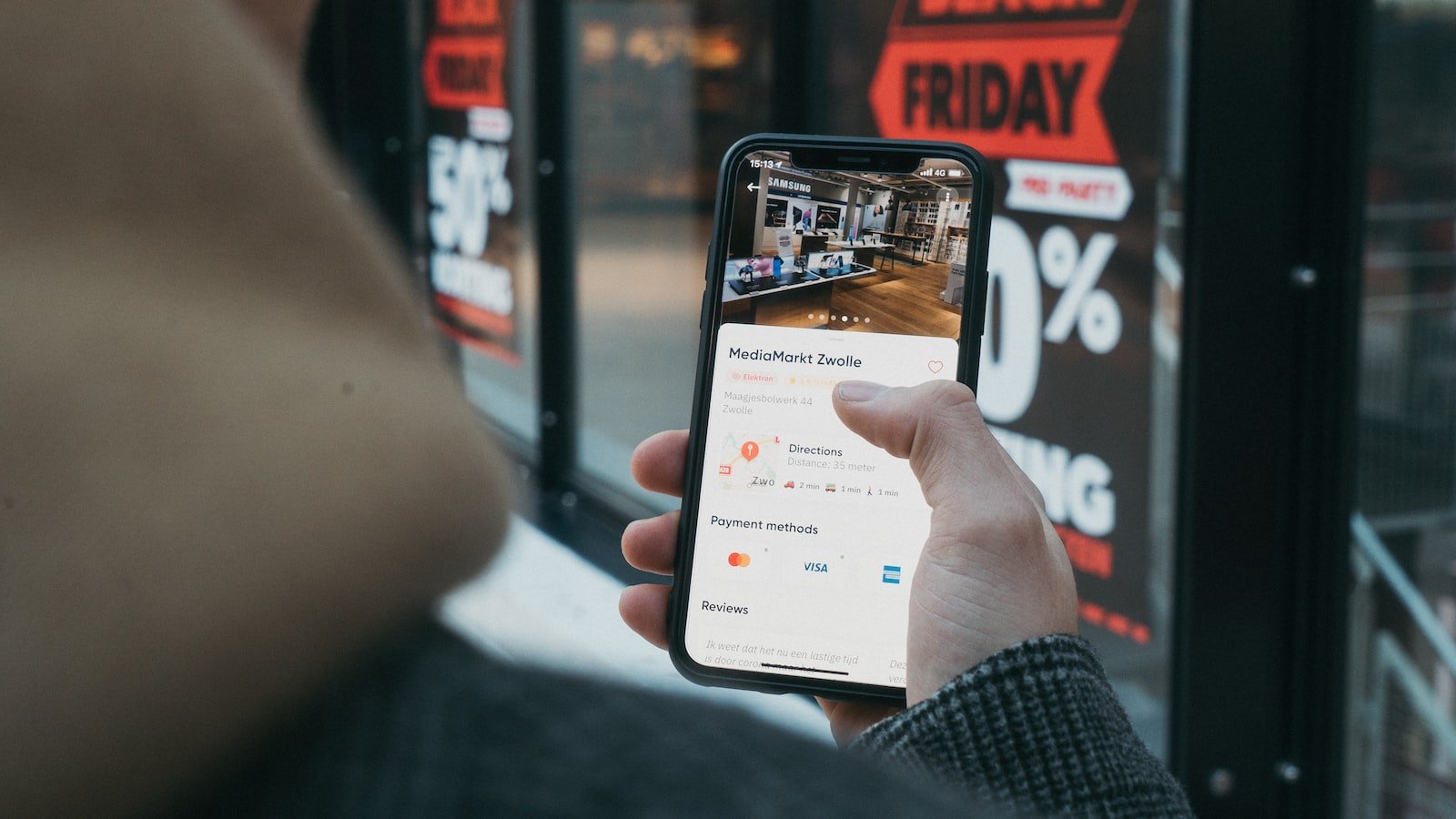ATM Security Tips for Forex Traders: Protect Your Funds
Are you looking for ways to ensure your money is safe when using ATMs? As more banking transactions are done online and with debit and credit cards, it’s important to know which ATM security measures are available. In this article, we’ll discuss some of the best practices for ATM security when making transactions and withdrawal of cash.
Keep Your ATM Card and PIN Secure
It’s essential to protect your ATM card and PIN to ensure your funds and personal information are secure. Always protect your ATM card and keep it in a safe place, just as you would cash, credit cards or checks. Do not leave your ATM card lying around the house and be sure to store it in a secure location. Keep your PIN secret and never share it with anyone, even family and close friends. If someone asks for your card number and PIN, report the incident to your bank.
When conducting financial transactions, always use caution and care. If you notice any suspicious activity or signs of tampering near the machine, do not use it. Additionally, never attempt to use an ATM that is from an unfamiliar location. If possible, selecting a banking institution’s ATM is a safe and reliable choice.
Review Your Statements Regularly
To ensure your funds are secure, we recommend that you review your bank and card statements on a regular basis. It is important to look for any unauthorized activity or suspicious purchases that you didn’t make. If you find any discrepancies, contact your bank right away to dispute the charges. By closely monitoring your accounts, you can help keep your funds safe.
Shield Keypads and ATM Card
To help keep your transactions secure, always shield the keypad and your debit card while you are completing a transaction. This will help prevent scammers from looking over your shoulder and stealing your card number and PIN. Additionally, never remove any suspected skimming device or nasty note from the machine, as this could be a sign of attempted theft or hacking. If you find any of these signs, you should locate another ATM to use and report the incident to your banking institution.
Extra ATM Security Measures
Finally, there are a few extra measures you can take that will help keep your ATM card and PIN secure. Sign up for online banking and regularly review your statements for any suspicious activity. Use hard to guess unique passwords and change them regularly. Do not write down your PIN or store it on your phone or other electronic device. Additionally, make sure to always take your ATM receipt with you after the transaction is complete.
By closely monitoring your bank accounts and following these tips for ATM safety, you can help protect your funds and avoid potential theft. Take these extra precautions to secure your financial information and help keep your money safe.




